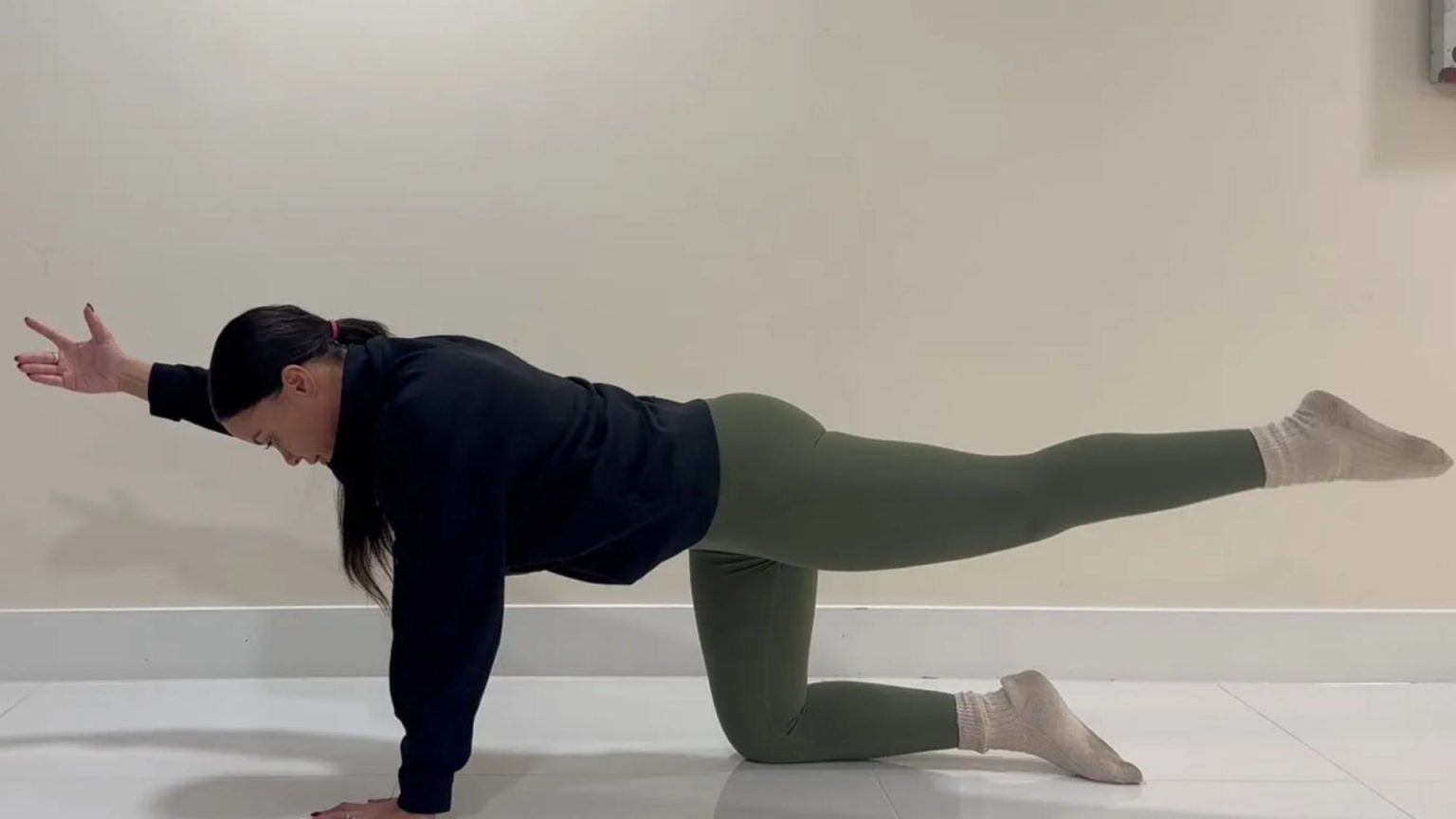The pelvic floor, a crucial yet often overlooked muscle group, plays a vital role in core stability, bladder and bowel control, and even sexual function. Comprised of muscles, ligaments, and connective tissues spanning the base of the pelvis, this “hammock-like” structure supports vital organs, including the bladder, uterus (in women), prostate (in men), and rectum. Its proper function is essential for controlling bowel and bladder movements and contributing to sexual sensation and orgasm. Weakness in these muscles can lead to a range of issues, from incontinence, affecting millions, to diminished sexual satisfaction and lower back pain.
Several factors can contribute to pelvic floor weakness. Hormonal fluctuations, particularly the decrease in estrogen during menopause, can weaken pelvic tissues. Physical stressors such as heavy lifting, chronic coughing, and constipation exert undue pressure on the pelvic floor. Lifestyle factors, including excess body weight, poor posture, prolonged sitting, and insufficient exercise, also play a role. Pregnancy and vaginal childbirth can significantly strain and weaken these muscles, and natural aging processes contribute to muscle deterioration over time.
Strengthening the pelvic floor offers a multitude of benefits that extend beyond basic bodily functions. A strong pelvic floor can prevent or mitigate urinary and bowel incontinence, enhance sexual experiences, provide crucial support during pregnancy, and facilitate postpartum recovery. Furthermore, it contributes to improved posture, reducing the risk of lower back pain. The interconnectedness of the pelvic floor with the core and back muscles means that strengthening this area enhances overall core stability and strength, improving athletic performance and reducing the risk of injury. This core strengthening can also contribute to a flatter abdominal appearance.
Despite its importance, the pelvic floor often receives little attention until problems arise, such as incontinence or childbirth. Proactive strengthening of these muscles through targeted exercises can significantly improve quality of life. Simple exercises like Kegels, bridges, squats, and bird-dogs can be performed at home without equipment. Consistency is key to building pelvic floor strength, starting slowly and gradually increasing repetitions as the muscles develop. These exercises not only target the pelvic floor directly but also engage supporting muscle groups like the glutes and core, contributing to overall physical well-being.
A common yet detrimental habit that can weaken the pelvic floor is “just-in-case” urination, the practice of emptying the bladder before leaving the house even without feeling the urge. This seemingly harmless habit can train the bladder to signal fullness at lower volumes, leading to increased frequency and urgency of urination. Over time, this can compromise the bladder’s function as a reservoir, making individuals more attuned to their bladder’s signals and potentially disrupting daily activities. Breaking this habit is crucial for maintaining a healthy bladder and a strong pelvic floor.
Specific exercises can effectively strengthen the pelvic floor. Kegels involve contracting the pelvic floor muscles as if stopping the flow of urine, holding for a few seconds, and relaxing. Bridges involve lying on the back with knees bent and lifting the hips while engaging the pelvic floor and glutes. Squats, while primarily known for working the glutes, also engage the pelvic floor and lower body muscles. The bird-dog exercise, performed on all fours, involves extending one arm and the opposite leg while maintaining core and pelvic floor engagement, promoting stability and strength. These exercises, when performed regularly and correctly, can significantly improve pelvic floor function and overall physical health.











